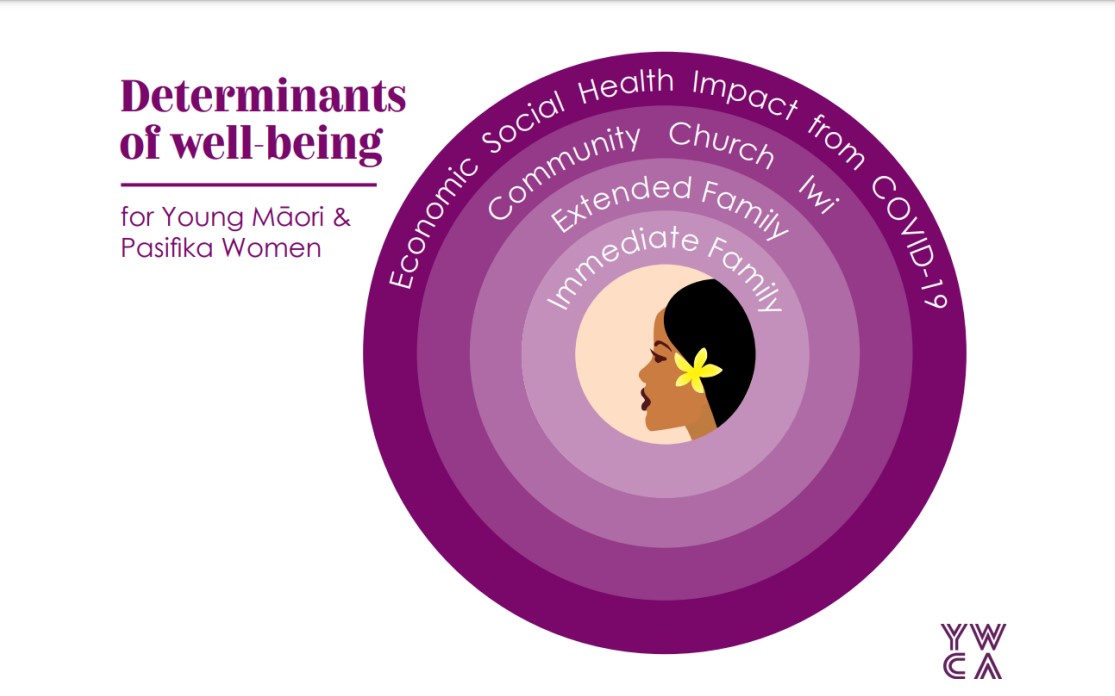Relationship between the coronavirus pandemic and criminal activities: Emerging evidence from Fiji Islands
Abstract
Introduction: The spread of the coronavirus has led to strict containment measures around the world, simply to restrict the gathering of a large number of people. In Fiji, the COVID-19 lockdown measures are affecting different social aspects, including crime rates and criminal activities.
Methods: This study was based on a secondary analysis of aggregated crime data, presenting preliminary analyses on crime trends across the Fiji Islands, during the first six months of the curfew period. It considers how the crime patterns shifted due to the numerous containment restrictions. We studied the crime data during the first six months of the curfew period, starting from March 31 to September 30, 2020, against the average of crime occurrences for the same period over the last four years (2016-2019).
Results and Discussion: The study shows an overall increase of 18.8% in crime occurrences, during the curfew period. The disobedience against lawful orders were largely made up of curfew breaches (with an astounding increase of 2602 cases), with the southern and western divisions registering the majority of offences. The study also provides evidence of a decrease in offences against public morality (-41.7%) and property (-26.8%) during the curfew period, which could most likely be linked to strict stay-home restrictions and limited mobility. Criminal offences such as burglary (-24.6%), theft (-22%) and aggravated robbery (-23.3%) show a decreasing trend in the curfew period. However, a worrying increase in offences against the drugs ordinance act (104.4%), common assault (28.6%), serious assault (97.4%) and criminal intimidation (36.8%) is noted in this study. It could be interpreted that the central division (-46.4%) was possibly the safest area in Fiji during the first few months of the curfew, while the southern (17.9%) and western (29.2%) continue to show an increasing crime trend.
Conclusion: The findings of this research are consistent with the predictions of the routine activity theory, which estimates crime rates to fluctuate during an exceptional event. Regardless of some limitations and directions for future research, the current study contributes to the literature on exceptional events and crime through an ongoing pandemic in the South Pacific.
Keywords: Coronavirus, Fiji, lockdown, crime rates
Copyright (c) 2022 Kunal Singh, Tayyab Shah, Amrit Raj

This work is licensed under a Creative Commons Attribution 4.0 International License.


